We learned some hard lessons about sewer problems when we had a sewer line clog and and overflow in our basement. We had another close call last month when our neighbors were having their sewer line replaced. The contractor ground out the tree roots blocking the line, in preparation for a trench less replacement, but accidentally pushed the debris into the sewer main, which became clogged.
We happened to have some guys working in our basement that day and they noticed that a little water was coming up out of our floor drains.
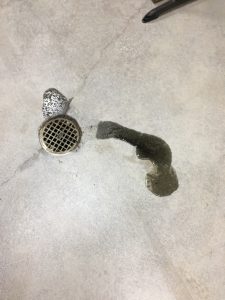
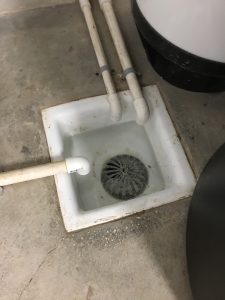
We immediately called the plumber, fearing the worst; that our sewer line had again become clogged. The plumber ran a video camera down our line, and 2 feet into the sewer main which was full of water. So we called our city’s public works department, and they managed a swift response, even considering how late in the day it was.
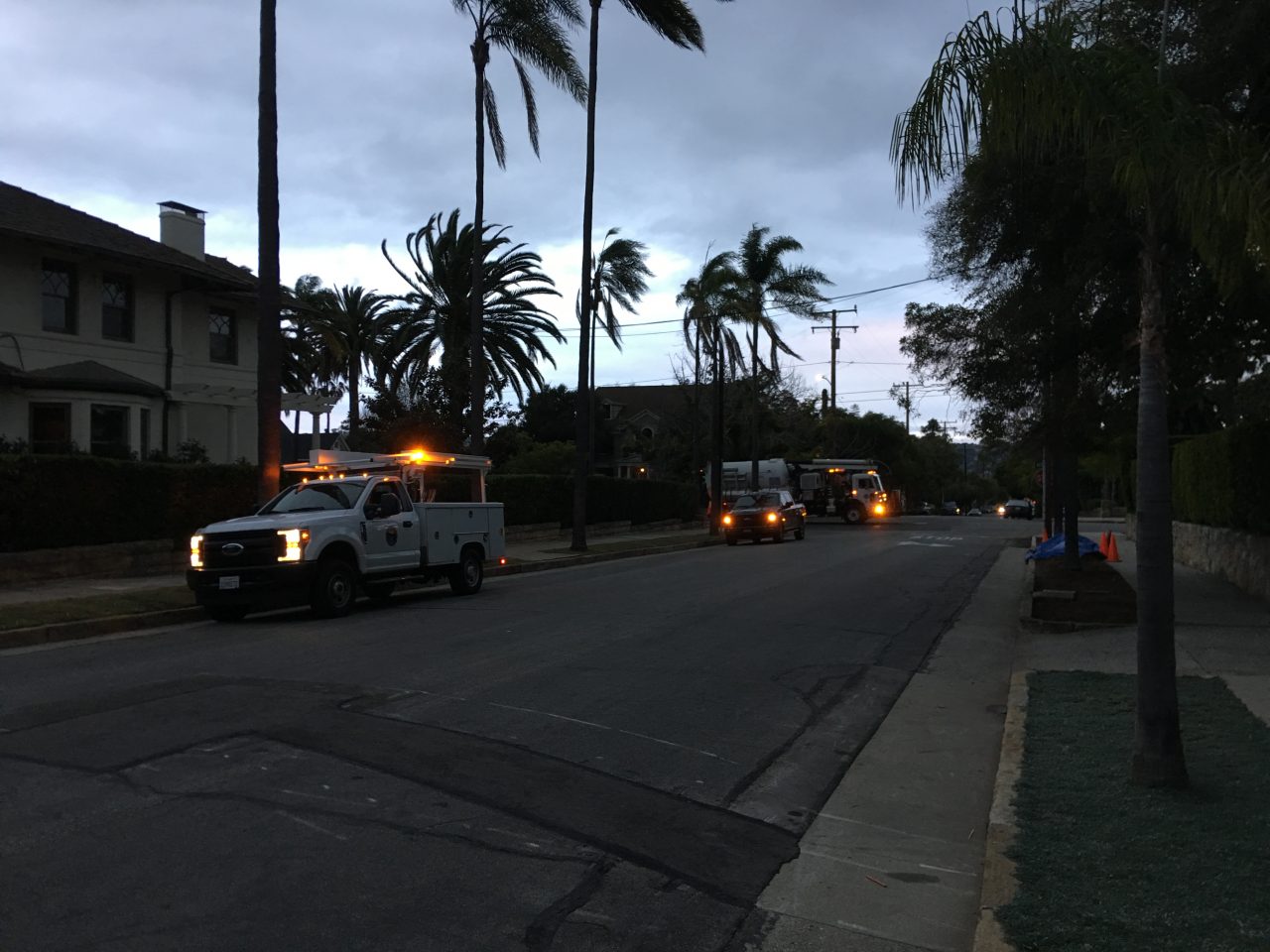
Now, we have (and everyone should have) a back flow valve for problems like this, which prevents any sewage from the city main from coming back into our sewer line. But, if the city sewer main is clogged, the water from our house can’t get out, which was the cause of the water coming up out of our basement floor drains. If you don’t know that the sewer main is clogged, you don’t know enough to call someone before your own water use will cause a problem.
The issue is that our house has a basement. Almost every other house in Santa Barbara doesn’t have a basement, which means that the sewer main is 6-10 feet below the lowest point in their house. But our house, with a fully plumbed basement, has only 24-30 inches between the depth of the sewer main, and the lowest fixture we have, the floor drains. This means that a problem in the sewer main (or our sewer line) can become a problem a lot faster than for everyone else.
We found a brilliant solution. We’ve already been using sensors from a company called Proteus:
- Temperature and humidity sensors in our basement to make sure the temperature in our mechanical room doesn’t get too hot and the humidity in our basement doesn’t get too high.
- Water leak sensors to detect any water coming up out of our floor drains or from a toilet overflow.
These sensors connect via WiFi to the Proteus servers. If a problem occurs, like temperature or humidity too high, or water detection, we get notified via email and text message.
It turns out that Proteus also makes a water level sensor.

That is exactly what we need! But our setup requires a little customization. For one, we need to monitor a level in the sewer line, which is 6-9 feet underground. Second, our WiFi network doesn’t reach out to our front yard where we need to monitor.
Luckily, you can extend the cable to the sensor from the base easily, so we did that. And we conveniently had conduit run from the front yard, to the basement mechanical room for the landscape lighting wire, and were in the process of laying and burring the landscape lighting wire; adding an additional wire was easy.
To position the float correctly all the way at the bottom of the sewer cleanout, we used a long piece of all-thread metal rod, which was attached at the top to the cleanout cap, and at the bottom to the float.
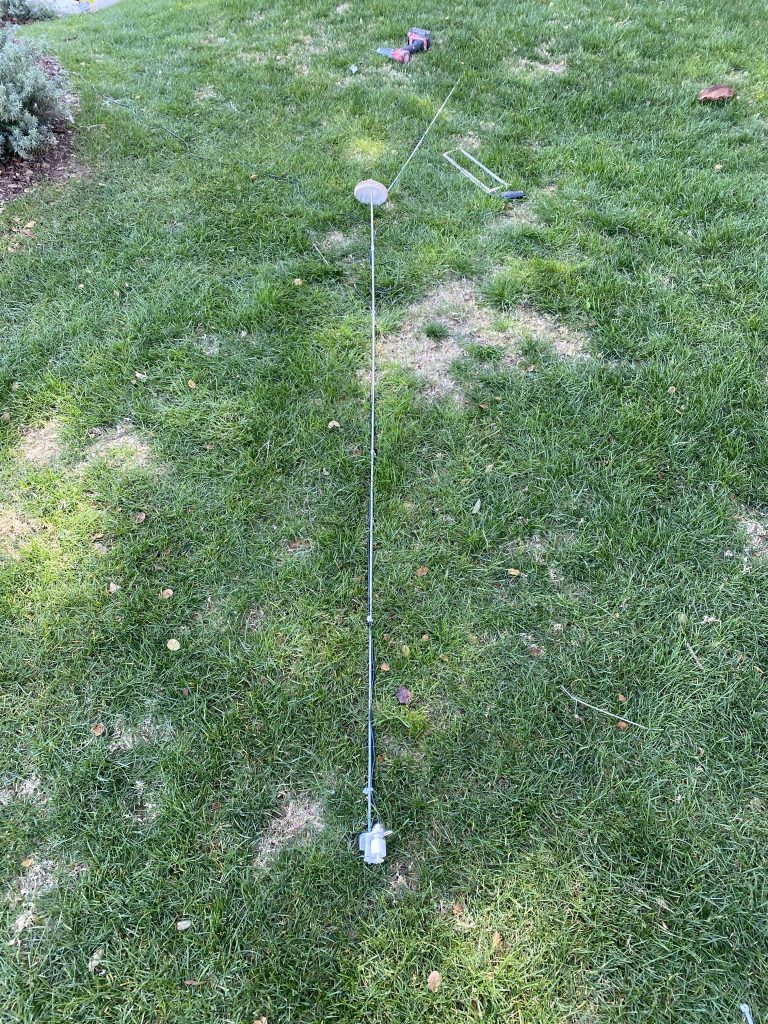
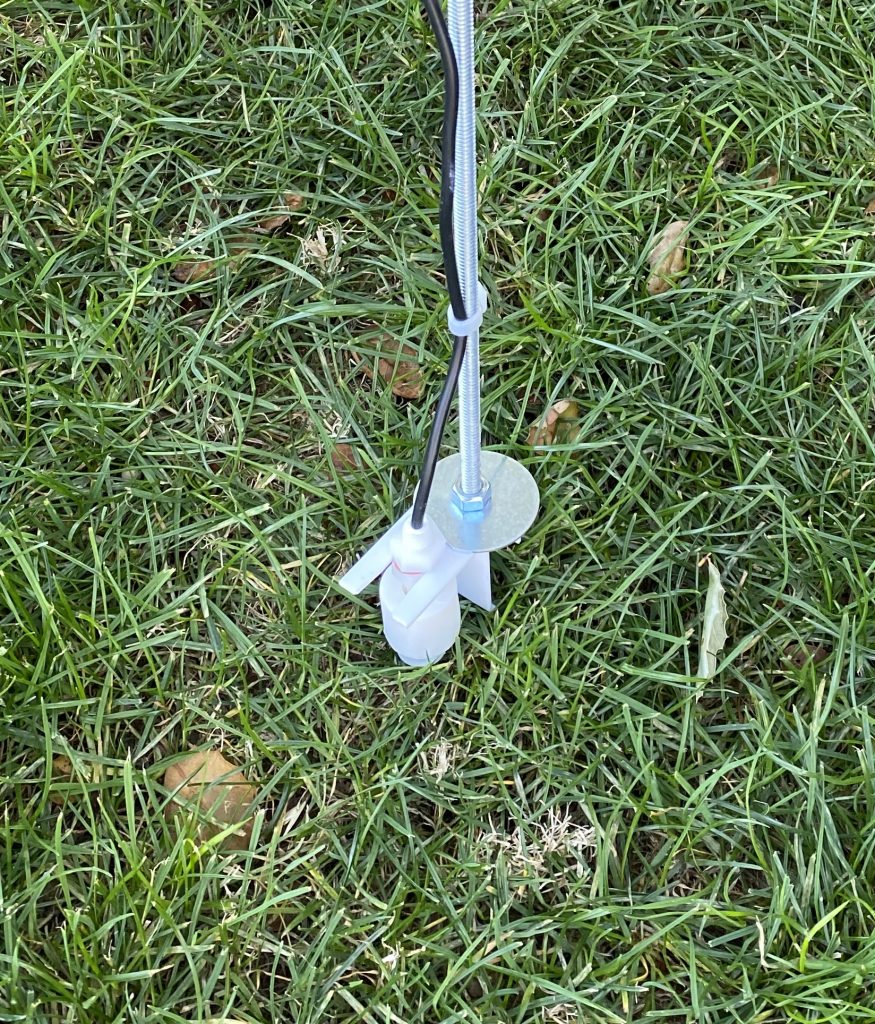
We placed one sensor in the sewer cleanout on the city side of the back-flow valve. This can detect if the city sewer main backs up. We placed the other sensor in the cleanout in out front yard, close to the house, which will detect if our sewer line backs up. Between the two, we should always know if our sewer line has an issue. They can detect a problem when the level is 12-18 inches below our lowest floor drain, giving us plenty of time to handle the issue before it becomes a problem.
The hardest thing about having a significant problem with your house like a sewer overflow, is regaining peace of mind. I think this will help a lot.